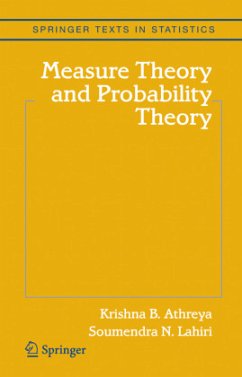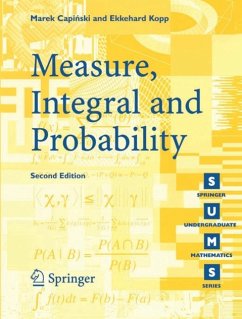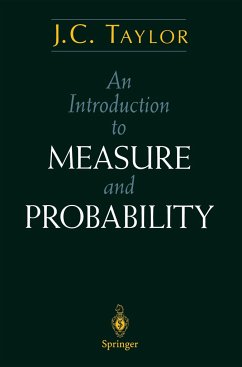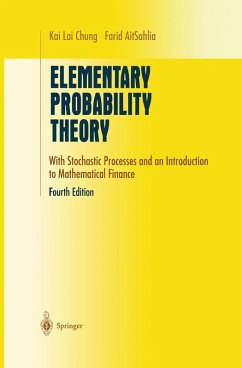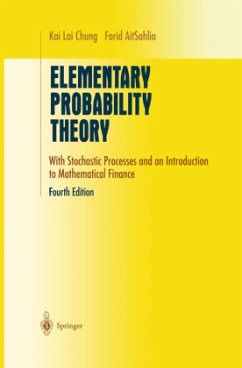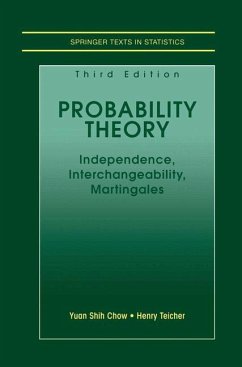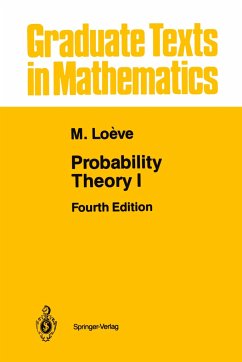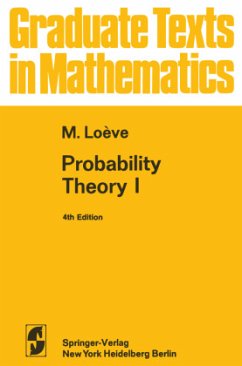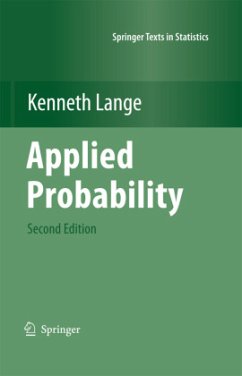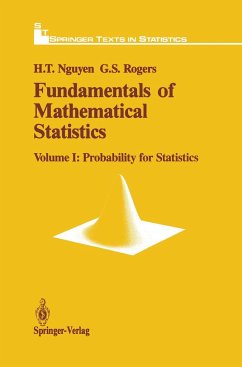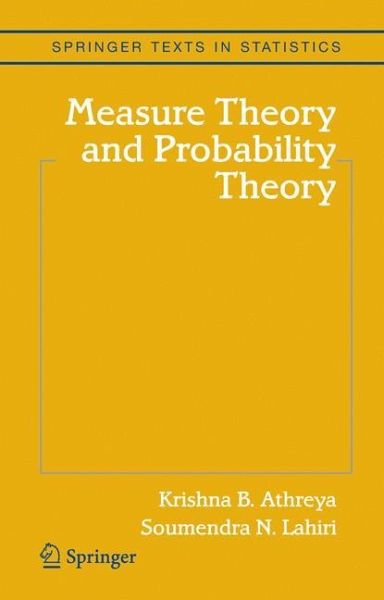
Measure Theory and Probability Theory
Versandkostenfrei!
Versandfertig in 1-2 Wochen
98,99 €
inkl. MwSt.
Weitere Ausgaben:

PAYBACK Punkte
49 °P sammeln!
This book arose out of two graduate courses that the authors have taught duringthepastseveralyears;the?rstonebeingonmeasuretheoryfollowed by the second one on advanced probability theory. The traditional approach to a ?rst course in measure theory, such as in Royden (1988), is to teach the Lebesgue measure on the real line, then the p di?erentation theorems of Lebesgue, L -spaces on R, and do general m- sure at the end of the course with one main application to the construction of product measures. This approach does have the pedagogic advantage of seeing one concrete case ?rst before going to...
This book arose out of two graduate courses that the authors have taught duringthepastseveralyears;the?rstonebeingonmeasuretheoryfollowed by the second one on advanced probability theory. The traditional approach to a ?rst course in measure theory, such as in Royden (1988), is to teach the Lebesgue measure on the real line, then the p di?erentation theorems of Lebesgue, L -spaces on R, and do general m- sure at the end of the course with one main application to the construction of product measures. This approach does have the pedagogic advantage of seeing one concrete case ?rst before going to the general one. But this also has the disadvantage in making many students' perspective on m- sure theory somewhat narrow. It leads them to think only in terms of the Lebesgue measure on the real line and to believe that measure theory is intimately tied to the topology of the real line. As students of statistics, probability, physics, engineering, economics, and biology know very well, there are mass distributions that are typically nonuniform, and hence it is useful to gain a general perspective. This book attempts to provide that general perspective right from the beginning. The opening chapter gives an informal introduction to measure and integration theory. It shows that the notions of ?-algebra of sets and countable additivity of a set function are dictated by certain very na- ral approximation procedures from practical applications and that they are not just some abstract ideas.





